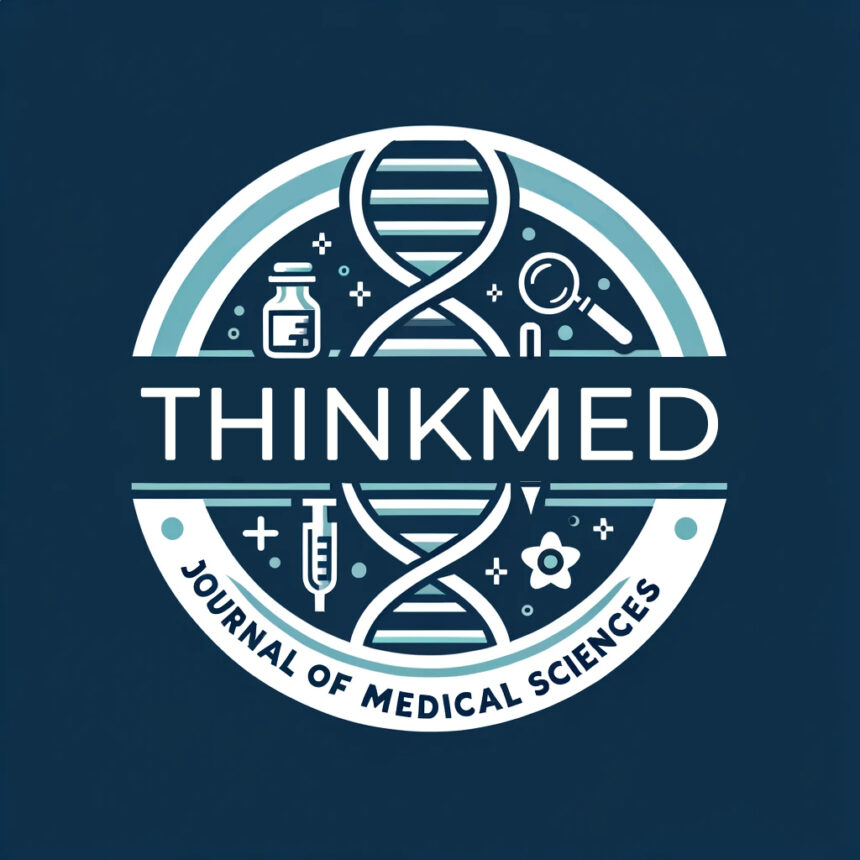
Author: Dr. Vaibhav Singh, KGMU
What is Acute Rheumatic Fever?
Acute Rheumatic Fever (ARF) is an autoimmune, inflammatory condition that affects multiple organ systems and primarily follows an untreated or inadequately treated Group A Streptococcal (GAS) infection, such as pharyngitis. ARF predominantly affects children and adolescents in developing countries, with a worldwide distribution, despite its rarity in developed nations due to improved living conditions and access to healthcare. The pathogenesis of ARF involves molecular mimicry between streptococcal antigens and host tissues, resulting in an immune-mediated response that damages the heart, joints, skin, and nervous system. This comprehensive overview aims to provide MBBS doctors with an in-depth understanding of ARF, encompassing its epidemiology, pathophysiology, clinical manifestations, diagnostic criteria, and management strategies to facilitate early recognition and appropriate intervention, thereby reducing the burden of this preventable disease.
Certainly, let’s delve deeper into the various aspects of Acute Rheumatic Fever (ARF):
Epidemiology
ARF remains a significant public health concern in many developing countries, particularly in sub-Saharan Africa, South Asia, and parts of Oceania. It is responsible for substantial morbidity and mortality among children and adolescents. Factors contributing to its persistence include overcrowded living conditions, limited access to healthcare, and the prevalence of GAS infections. Despite the declining incidence in developed nations, sporadic cases still occur, primarily among vulnerable populations with reduced access to medical care.
Pathophysiology
ARF arises as a result of the host’s immune response to a preceding GAS infection, often pharyngitis. Molecular mimicry plays a pivotal role in the pathogenesis, where antigens of the streptococcal bacteria closely resemble self-antigens, particularly in the heart and joints. This resemblance can lead to the immune system mistakenly targeting and damaging these tissues, causing the characteristic features of ARF.
Clinical Manifestations
ARF presents with a myriad of clinical manifestations, ranging from minor symptoms to severe cardiac involvement. Common symptoms include fever, migratory polyarthritis, carditis (inflammation of the heart), skin manifestations (such as erythema marginatum and subcutaneous nodules), and chorea (Sydenham’s chorea). Carditis is the most concerning and potentially life-threatening complication, often leading to chronic rheumatic heart disease (RHD), which can have lifelong consequences.
Diagnostic Criteria
Diagnosing ARF requires a combination of clinical assessment and specific criteria outlined by the Jones criteria, which consider major and minor manifestations. Carditis, arthritis, chorea, erythema marginatum, and subcutaneous nodules are major criteria, while fever, arthralgia, elevated acute phase reactants (such as erythrocyte sedimentation rate and C-reactive protein), and prolonged PR interval on electrocardiogram are minor criteria. A diagnosis of ARF is confirmed when there is evidence of recent GAS infection along with the presence of two major criteria or one major and two minor criteria.
Management Strategies
- Antibiotics: Antibiotics like penicillin or amoxicillin are prescribed to treat the streptococcal infection (Group A Streptococcus) that triggers ARF. Antibiotics are essential to eradicate the bacteria and prevent recurrent infections, which can lead to more severe cases of ARF.
- Anti-inflammatory Medications: Non-steroidal anti-inflammatory drugs (NSAIDs) such as aspirin or ibuprofen are often used to reduce inflammation and alleviate symptoms like joint pain and fever. In some cases, corticosteroids may be prescribed for more severe inflammation.
- Bed Rest: Rest is crucial during the acute phase of ARF, especially if there are heart complications. Bed rest helps reduce the strain on the heart and allows the body to recover.
- Treat Heart Complications: If ARF has led to heart complications such as carditis or damage to heart valves, additional treatment may be necessary. This may involve medications like diuretics, ACE inhibitors, or surgery in severe cases to repair or replace damaged heart valves.
- Long-term Antibiotics (Prophylaxis): After the acute phase of ARF, individuals are typically prescribed long-term antibiotic prophylaxis (usually penicillin) to prevent recurrent streptococcal infections, which could trigger another episode of ARF.
- Monitoring and Follow-up: Regular follow-up appointments with a healthcare provider are essential to monitor progress, manage symptoms, and ensure that the treatment plan is effective.
Conclusion
In conclusion, Acute Rheumatic Fever is a complex and potentially devastating autoimmune disease that primarily affects children and adolescents, particularly in resource-limited settings. MBBS doctors must be familiar with its epidemiology, pathophysiology, clinical manifestations, diagnostic criteria, and management strategies to facilitate early diagnosis and effective treatment, ultimately reducing the burden of ARF and the associated long-term sequelae of Rheumatic Heart Disease. Awareness and timely intervention are essential in preventing the tragic consequences of this preventable condition.



